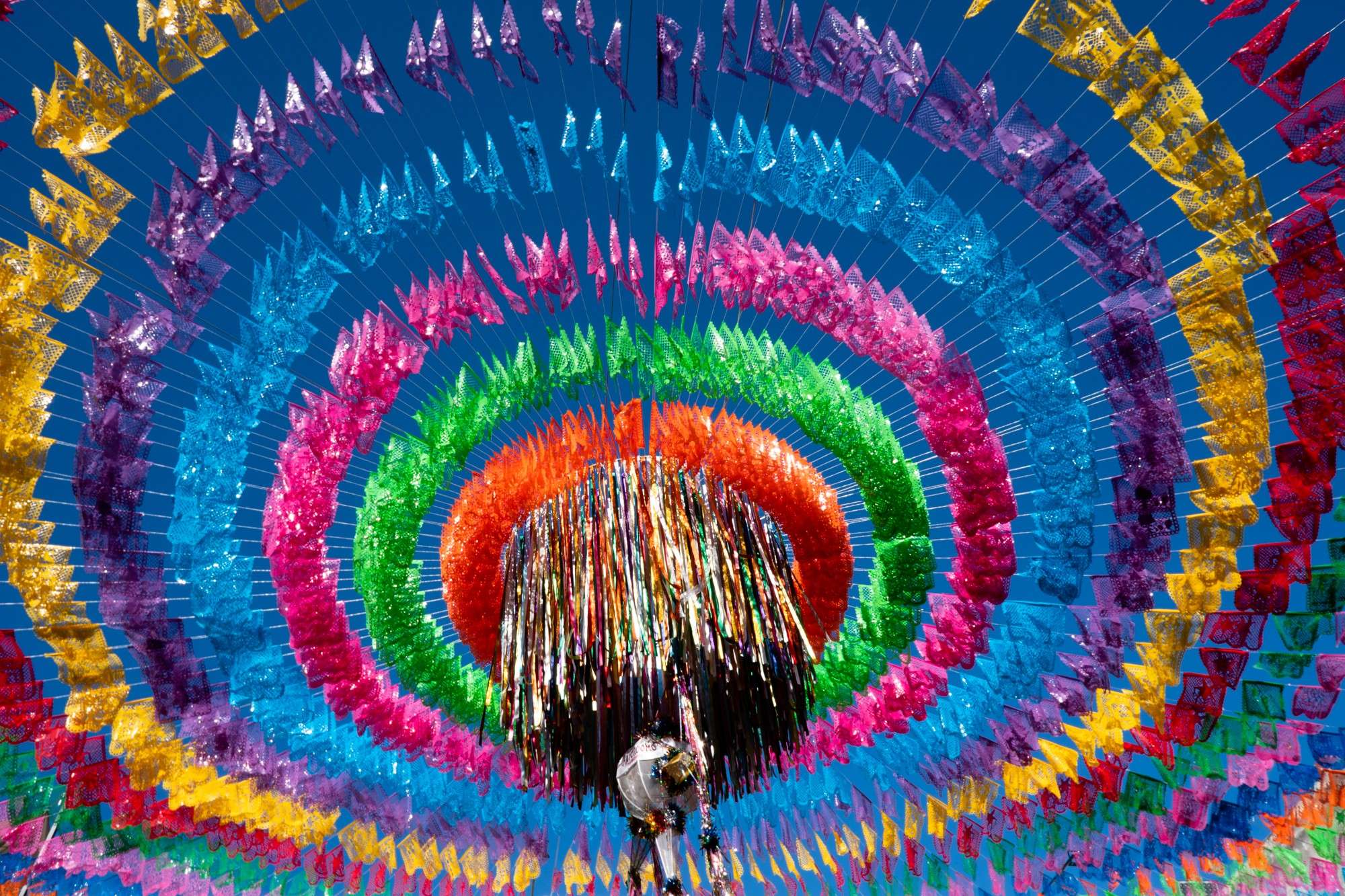Oaxacan design is deeply rooted in the rich indigenous cultures of the region, primarily the Zapotec and Mixtec civilizations. It represents a confluence of ancestral techniques, local materials, and a profound connection to communal identity and tradition. This design ethos is evident across a spectrum of artistic and functional expressions, from intricate handicrafts to distinctive architectural styles.
Key Characteristics of Oaxacan Design
Several core elements define Oaxacan design:
- Indigenous Heritage: Traditional motifs, symbols, and production methods passed down through generations form the bedrock of Oaxacan design.
- Artisanal Craftsmanship: Emphasis is placed on handmade quality, with many villages specializing in specific art forms, showcasing high levels of skill and dedication.
- Natural Materials: The use of locally sourced materials is paramount, including specific types of clay, wool, cotton, natural dyes, and wood.
- Vibrant Color Palette: A bold and expressive use of color is characteristic, often seen in textiles, pottery glazes, and architectural facades, reflecting the lively spirit of the region.
- Symbolism and Narrative: Designs frequently incorporate symbolic elements that convey stories, beliefs, or aspects of the natural world.
Prominent Craft Forms
Barro Negro Pottery
Barro Negro, or black clay pottery, is a hallmark of Oaxacan craftsmanship, originating notably from San Bartolo Coyotepec. This pottery is distinguished by its unique metallic black sheen, achieved through a specific firing process and the properties of the local clay. The creation of each piece is a labor-intensive endeavor, often taking around 20 days to complete, exemplifying principles of "slow design." The result is a highly sought-after ceramic style, known for its elegance and distinct finish.

Oaxacan Textiles
Textile production in Oaxaca is diverse and highly skilled. Villages like Teotitlán del Valle are renowned for their woven goods, particularly rugs and sarapes, often made from locally sourced wool and colored with natural dyes. Intricate patterns frequently feature Zapotec symbolism. Another significant textile art is the detailed embroidery found in places such as San Antonino Castillo Velasco, where blouses and dresses are adorned with delicate floral and faunal motifs, showcasing meticulous hand-stitching techniques.
Alebrijes
Alebrijes are brightly colored, fantastical carved wooden figures, a celebrated art form particularly associated with villages like San Martín Tilcajete and Arrazola. These sculptures, often depicting animals (real or imagined) with intricate patterns and vivid hues, are carved from copal wood and meticulously hand-painted. Each alebrije is unique, reflecting the artisan's imagination and skill.
Architectural Expressions
The architectural design in Oaxaca, especially in its capital city (a UNESCO World Heritage Site alongside Monte Albán), features distinctive elements. Colonial-era buildings often display robust construction with local stone, alongside strikingly colorful facades. Common hues include chapuline green, mimosa yellow, and azure blue, contributing to the vibrant visual identity of Oaxacan urban landscapes. This use of color often complements the natural tones of stone and adobe used in construction.
Oaxacan design, therefore, is not merely aesthetic but a living cultural expression, intrinsically linked to the history, environment, and communities of the region. Its enduring appeal lies in its authenticity, craftsmanship, and the vibrant stories embedded within each creation.







